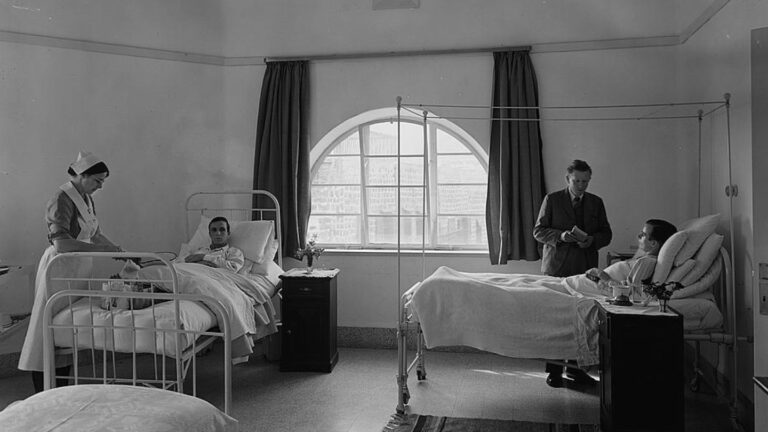The rites of Passover in the early days of the State of Israel were threefold: a thorough house-cleaning, boiling of all pots and pans, and a new pair of shoes or sandals in anticipation of summer. For children, this might mean sandals.
For adults, a pair of crepe-sole shoes in white or a light color suitable for spring. All made in Israel because, for better or for worse, strong government economic intervention meant that buying imported goods was all but unaffordable. Like it or not, you were going to wear sensible, locally made shoes.
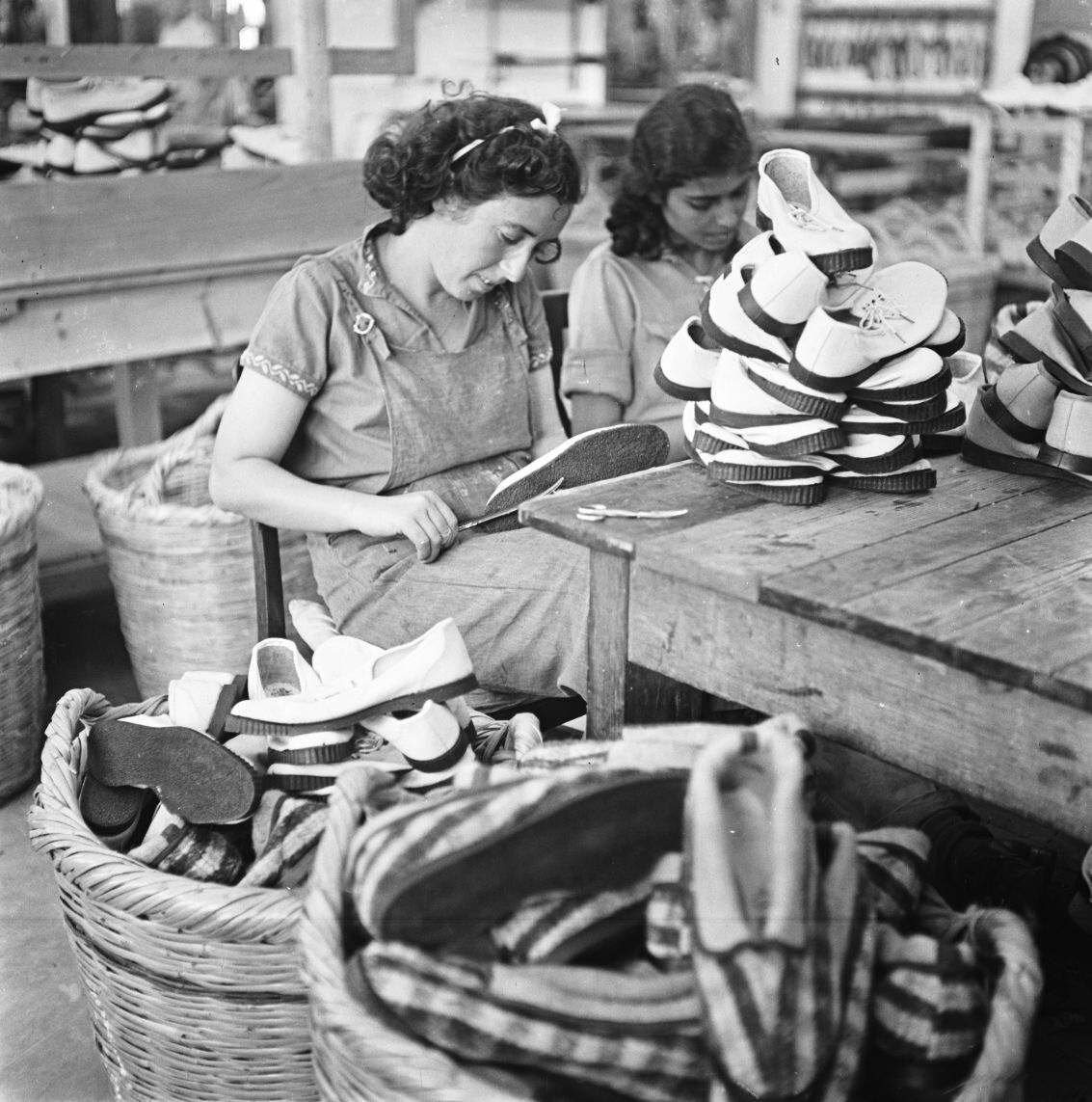
It’s hard to imagine this situation in today’s NIS 5 billion footwear market in which both Israeli-made and imported shoes abound at a variety of price points, and where Israeli footwear designers and innovators make waves on the international scene.
Take, for example, Kobi Levi, whose whimsical shoe designs have graced the feet of fashionistas like Lady Gaga, Fergie of the Black Eyed Peas, and 2018 Eurovision winner Netta Barzilai.
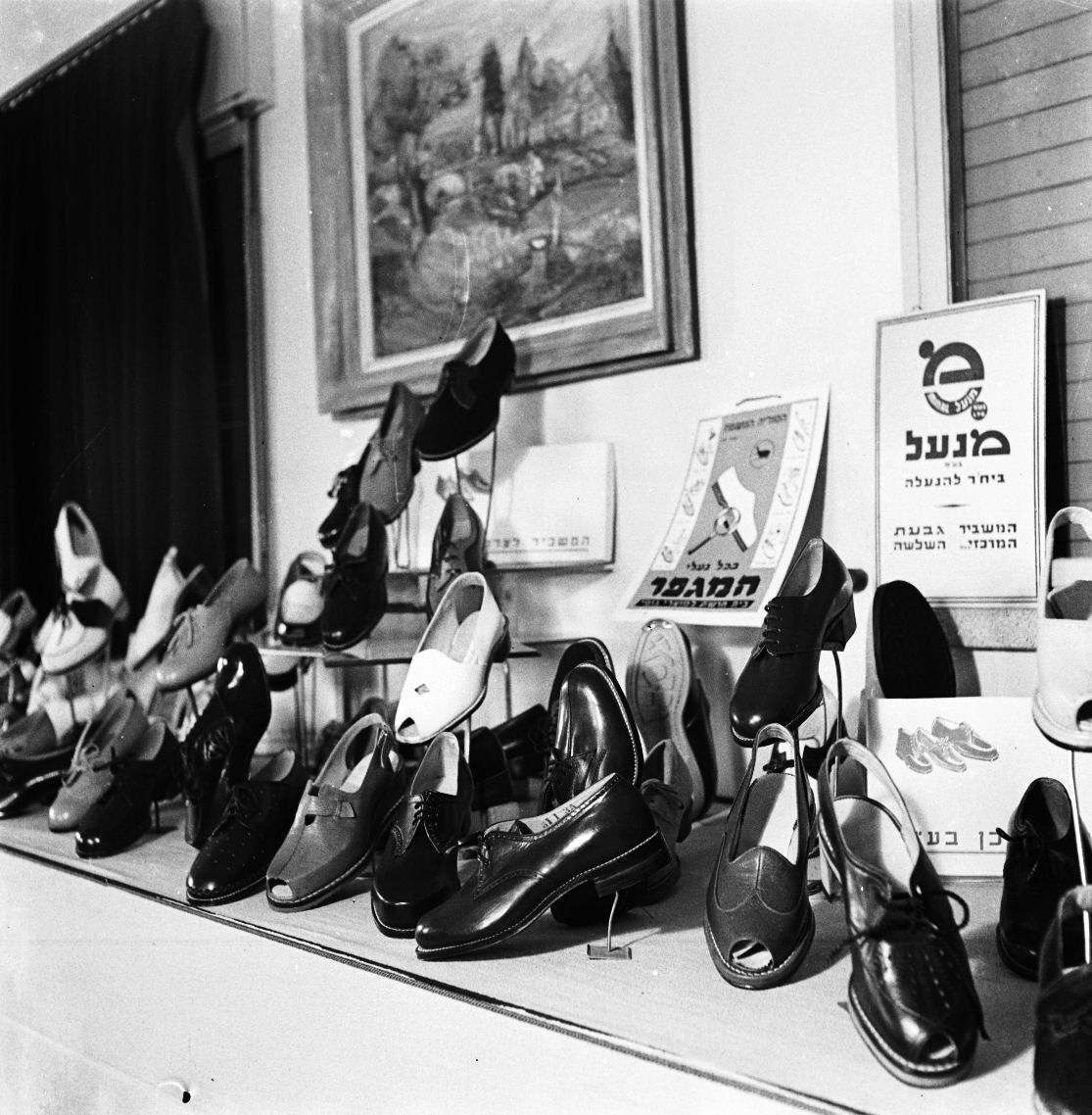
But protectionist measures were put in place – or at least attempted – even before the founding of the State. The Israel State Archive has records from 1936, when Arab and Jewish representatives of the local tanning and shoemaking industries banded together to submit a petition to the British High Commissioner, requesting that tariffs be placed on boots and shoes imported from Syria.
For many years, kibbutz industries took the lead in industrial shoe manufacture. The company today known as Teva Naot, based at Kibbutz Neot Mordechai, started out in 1942 as a small factory called Ga’aton, first producing boots for both the Palmach as well as the British Army.
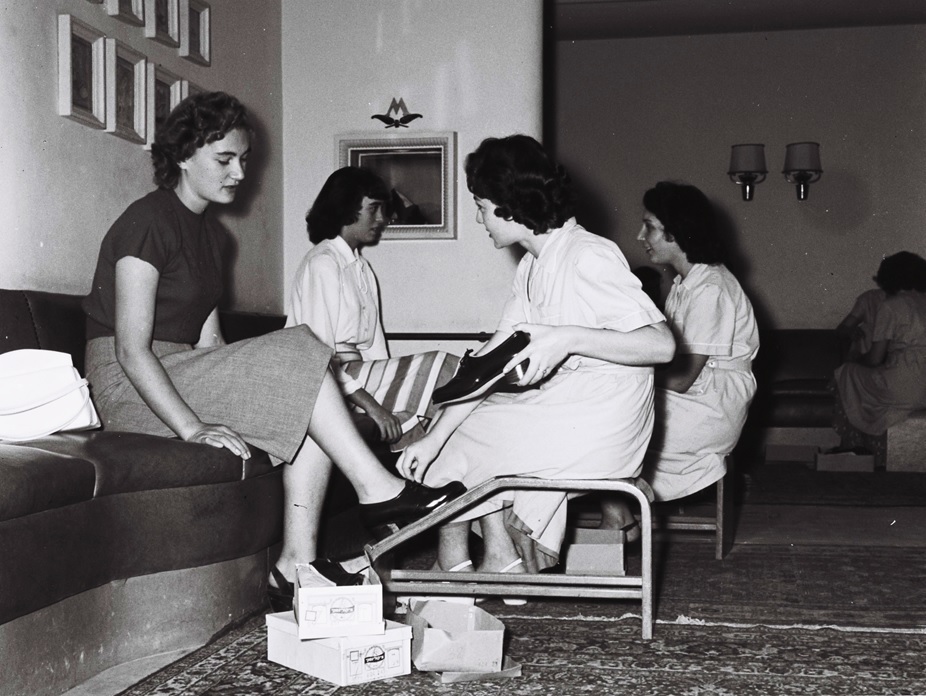
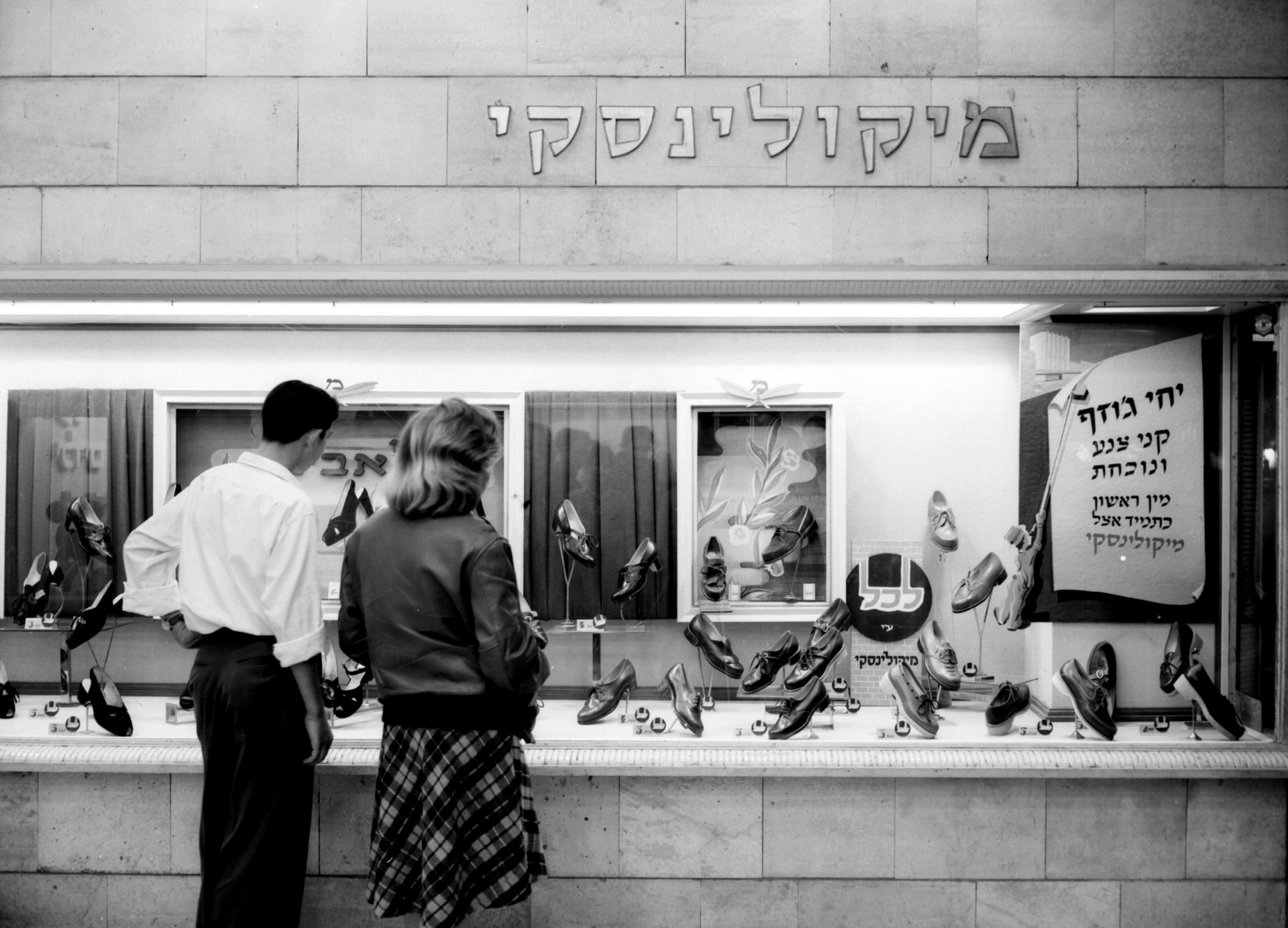
After the War of Independence, people could purchase “Austerity shoes” (na’alei tzena), referring to the Government-produced brand of basic goods produced during the rationing period of the early 1950s. The designs of “La-Kol”-brand shoes (meaning “for all”) were simple, with a limited number of models, and could be purchased in combination with coupons issued by the Ministry of Rationing and Supply.
To bolster the local industry, an international exhibition of local shoe manufacture was held in 1952.
Industrialized shoe manufacturing in Israel tended towards the utilitarian: work-shoes, army boots and, of course, sandals. Founded in 1944, Nimrod didn’t invent the “biblical” model of sandal, which was already worn widely as of the 1930s, but the company did help transform the two and three-strapped footwear into a symbol of national identity. The 1960-61 discovery of an ancient yet strikingly modern-looking sandal at the Dead Sea archaeological site fueled that model’s popularity throughout the Swinging Sixties.
In the 1970s, the best place to find a reasonably priced fashionable pair of shoes was Tel Aviv – either at one of the many shoe stores lining Neve Sha’anan street adjacent to what was then the Central Bus Station or, at a higher price point, on Dizengoff Street.
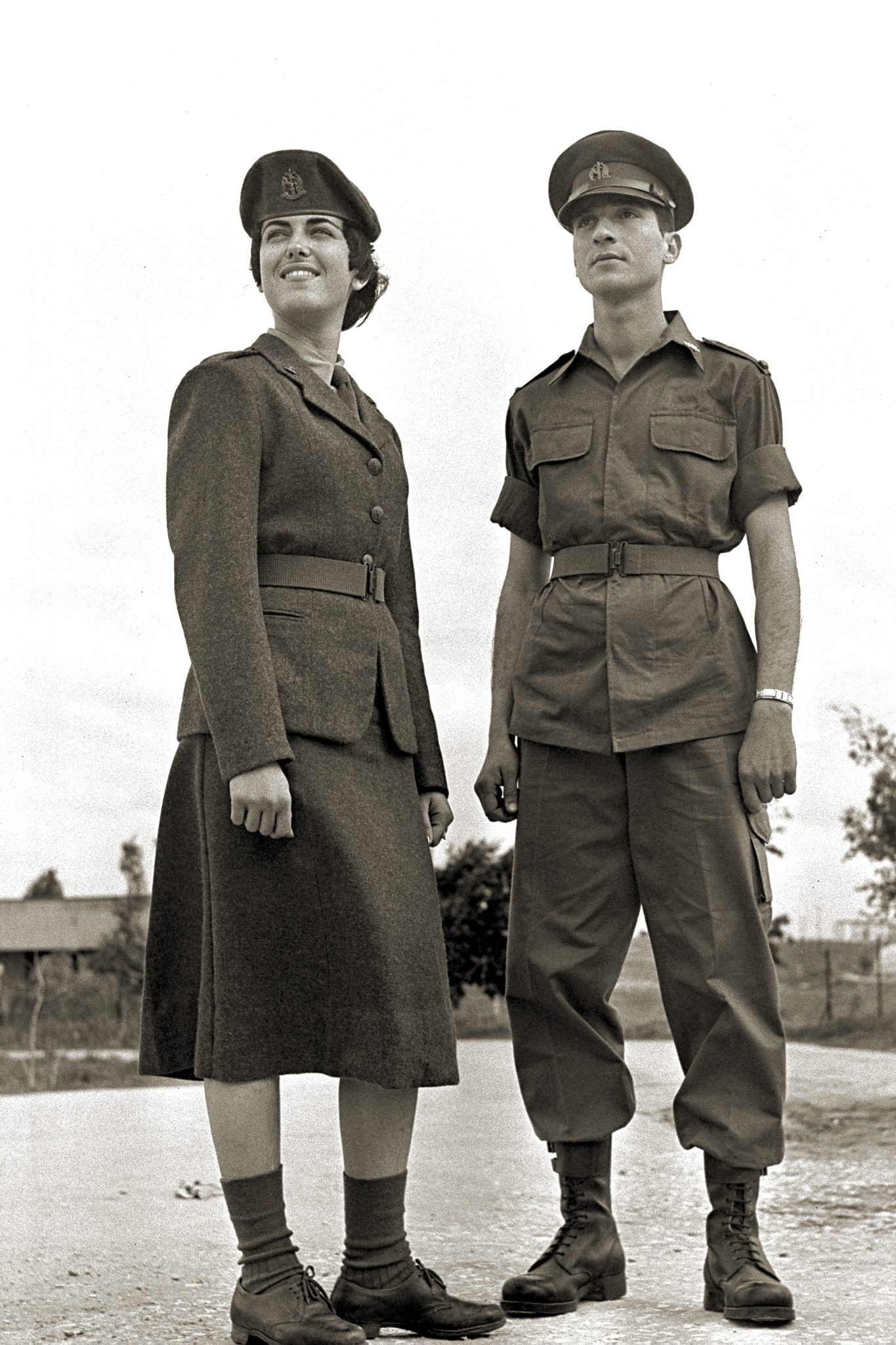
On the unfashionable downside of things, young women serving in CHEN, the IDF Women’s Corps (incorporated into the General Staff in 2001), suffered the indignity of having to wear what was nicknamed “Golda shoes” (na’alei Golda), alluding to the Prime Minister’s preferred style of footwear.
The Dafna Shoe Company was established in 1964 in Kibbutz Dafna in the Upper Galilee of Israel as a maker of molded rubber work boots and plastic sandals. It later gained fame as the country’s leading manufacturer and distributor of bedroom slippers, most famously for the “Kippy” model. The plaid ankle-high slipper was worn by the beloved lead character on Rehov Sum-Sum, the Israeli version of Sesame Street.
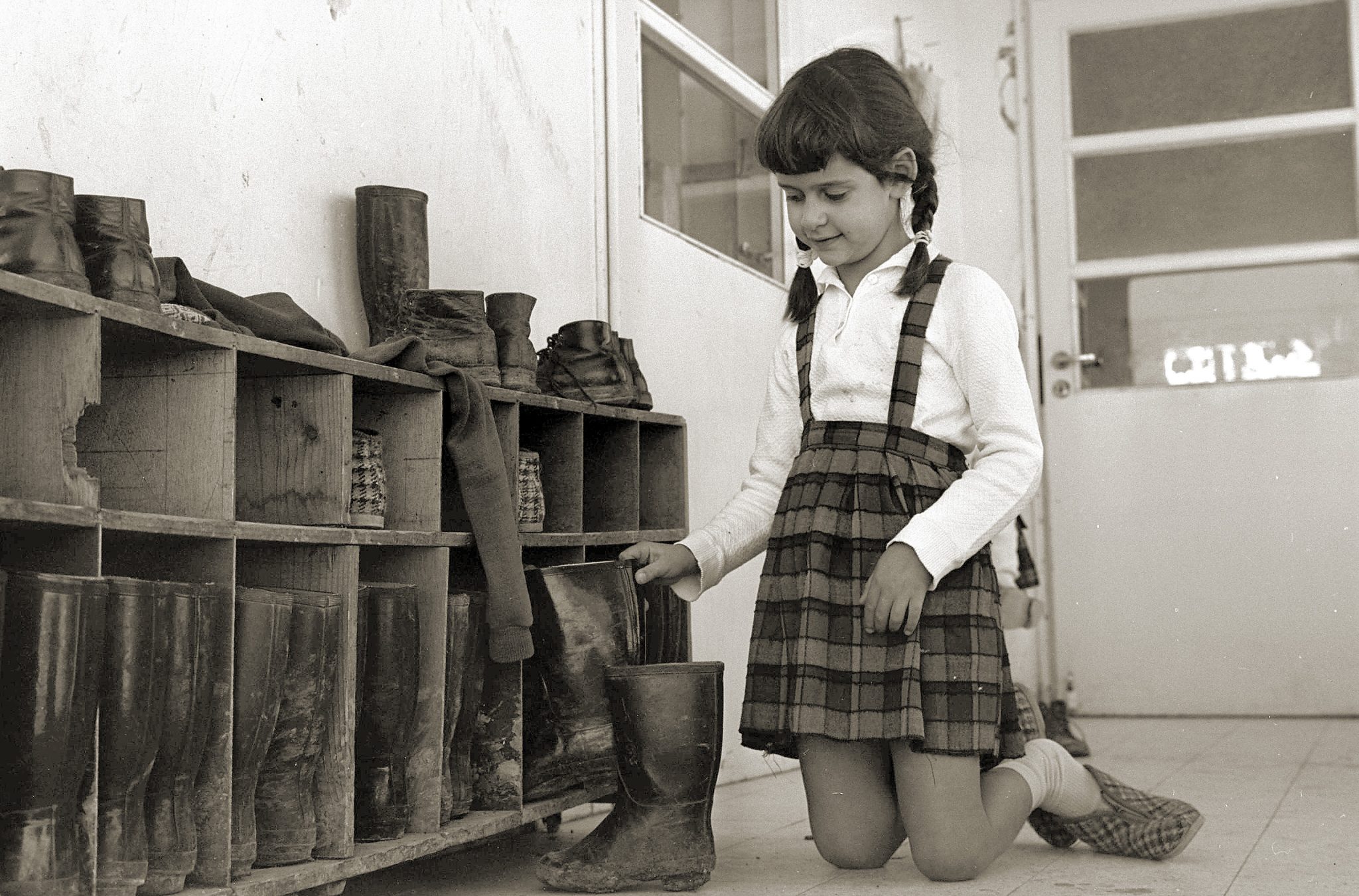
From the 1930s until their closure in 1980s, Haifa-based HaMegaper was a manufacturer of rubber tires and rubber-soled footwear, including bedroom slippers, sports shoes, and the aforementioned crepe-soled summer shoes. In the 1970s, HaMegaper gained a measure of cool as the licensed manufacturer of “Palladium” desert boots under the brand name “Commando”.
In the late 1970s, Menachem Begin’s Likud government revoked the tariffs that had for decades protected the textile industry (including leather goods). This opened the way for lower-priced, often better quality, clothing and footwear. It also gave Israel manufacturers a well-needed reality check. They could become importers — as local manufacturer Gali eventually did — or grow. Those who chose the latter would need to step up, raise quality standards to offer additional value.
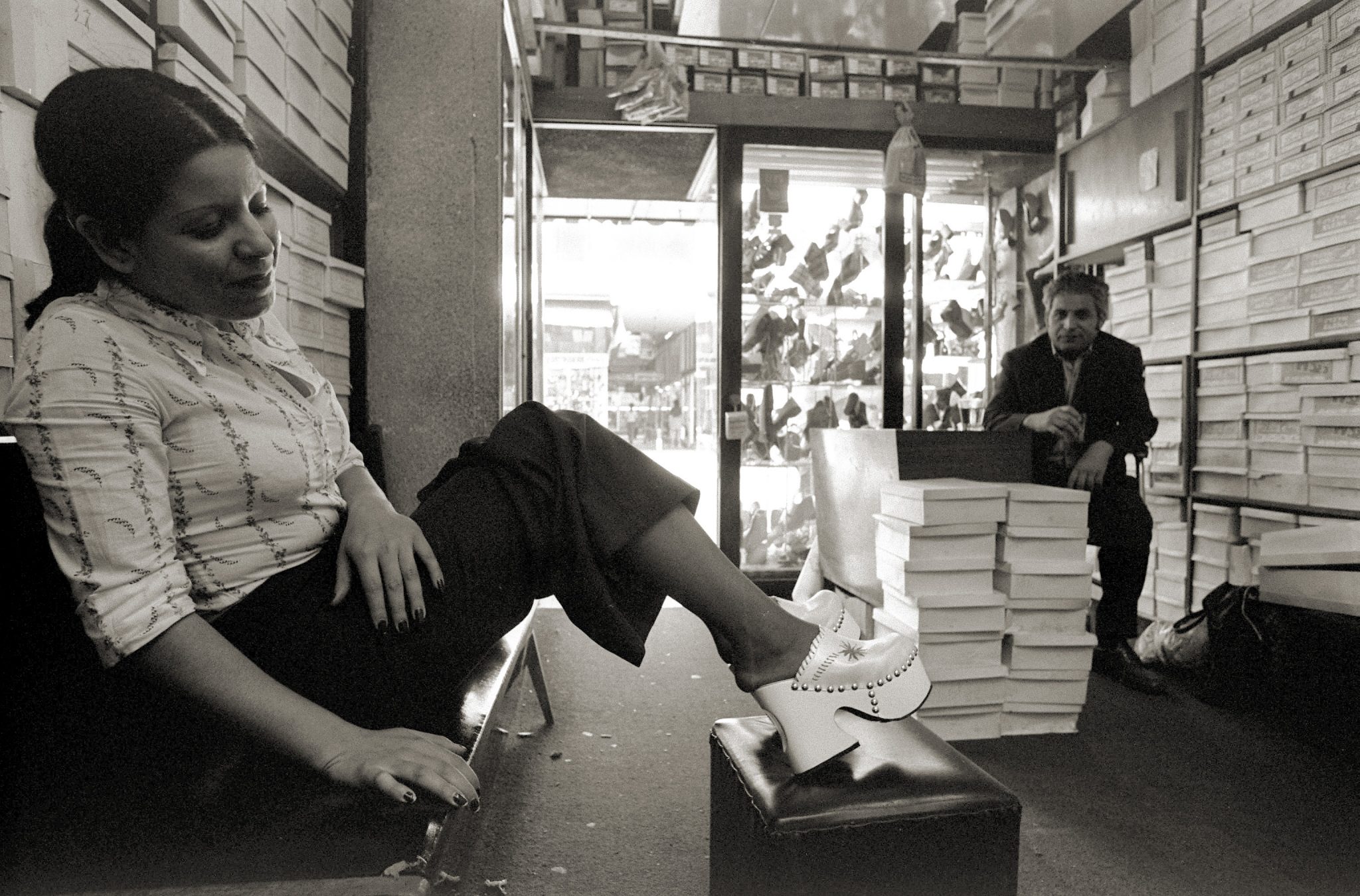
HaMegaper attempted a rebrand between 1984 and 1987, launching an Italian-designed, Israeli-made line of shoes called Mega-Girotti. The company shuttered in 1991, against the ongoing crisis in the Israeli shoe industry brought on by the government decision to abolish high tariffs on imported shoes.
At that same time, Teva Naot was now an unsuccessful manufacturer of sandals and wooden-soled clogs. In 1986, the failing enterprise underwent a dramatic turnaround and began designing shoes with anatomical insoles, and in 1988-9 entered the burgeoning health shoe sector to become an internationally-known brand name.
In 1989, Ami Bar Nahor, the man who had engineered Teva Naot’s turnaround, left that company to found BeautiFeel, a pioneer in the then-new concept in footwear that is today called “Dressy Comfort”.
In 2009, Dafna was acquired by Naot and in 2014, both Teva Naot and Dafna were acquired by their New York based shoe distributor Yaleet Corp.
Early in 2014, the Ministry of Defense cancelled its standing order from longtime IDF army boots manufacturer Brill Shoe Industries in favor of foreign-made products, putting the company in danger of closure. After several years of drastic efficiency measures, the Brill Group (that now includes Gali) reported a profit for 2018.
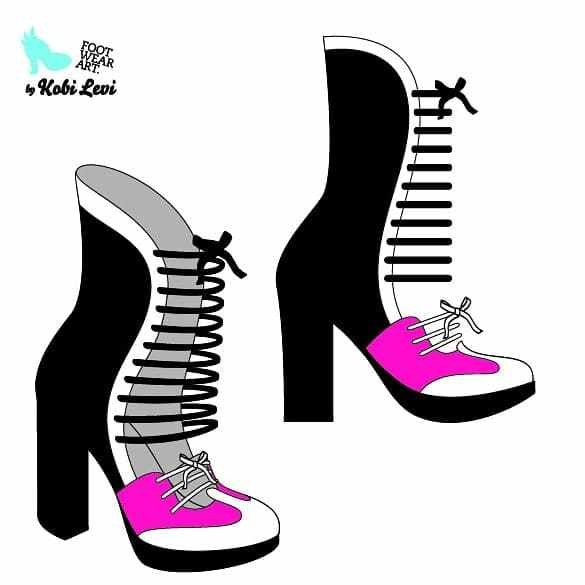
As in many other areas, today’s Israeli footwear manufacturers are winning international accolades for their technological innovations and inventive shoe design. Ironically, the country’s most popular shoe for both men and women is the less-than-elegant-if-surprisingly-sexy Australian import, the Blundstone short boot.
But the fickle finger of fashion fate may yet point back to locally made – especially if it’s anything like the amazing high-heeled sneaker boot Kobi Levi created for Netta Barzilai’s win last year – look out for Eurovision 2019!
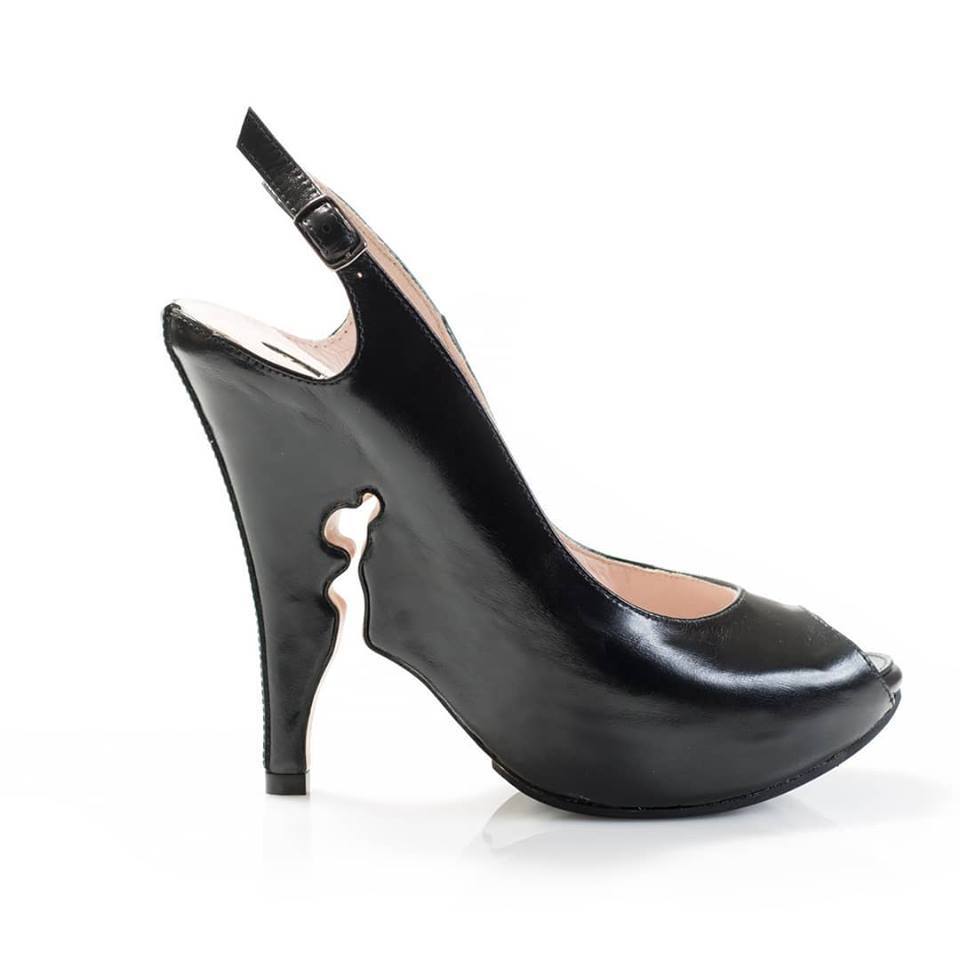




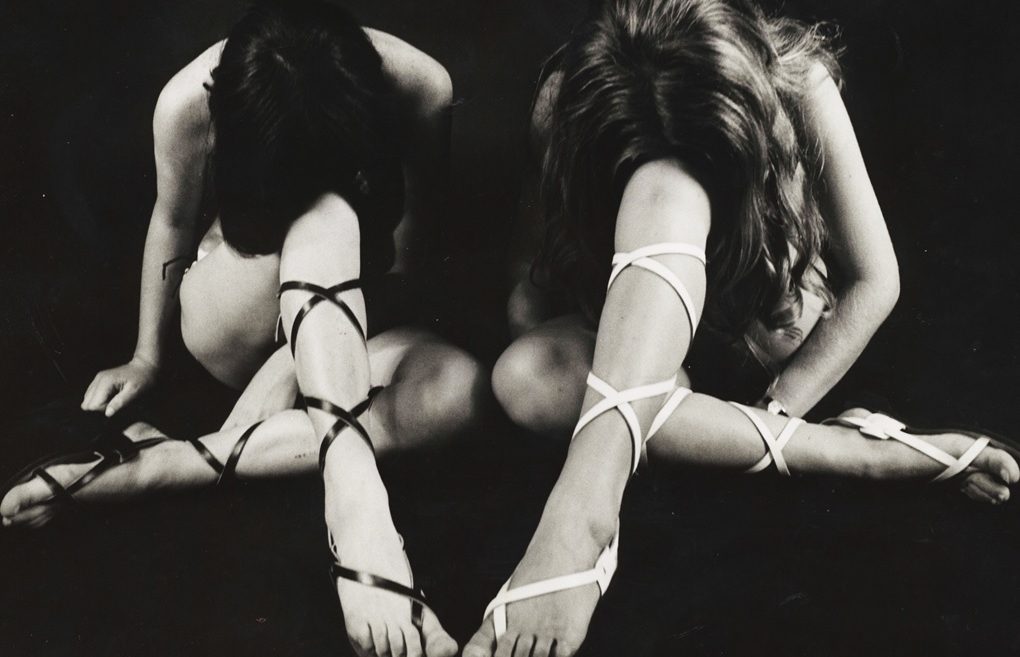









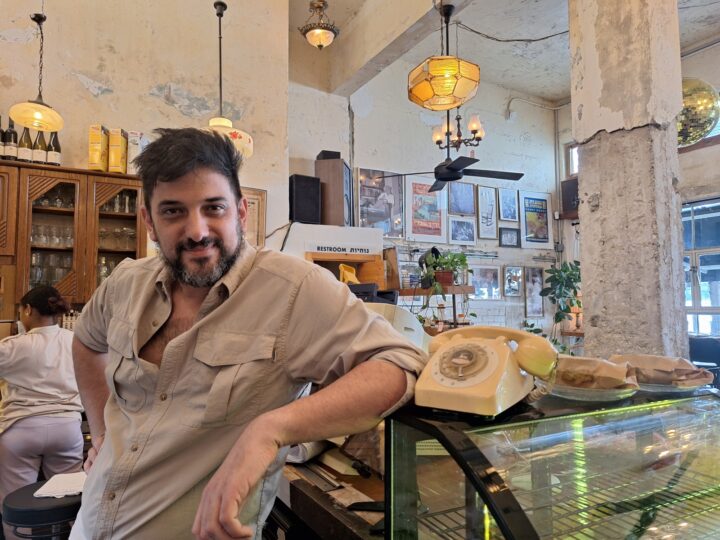
![Elections 1977 – Likud posters] In 1977, Menahem Begin led an election upset as Israel’s first non-Labor prime minister. Credit: GPO Elections 1977 – Likud posters] In 1977, Menahem Begin led an election upset as Israel’s first non-Labor prime minister. Credit: GPO](https://static.israel21c.org/www/uploads/2019/09/Elections_1977___Likud_posters_-_GPO-768x432.jpg)
